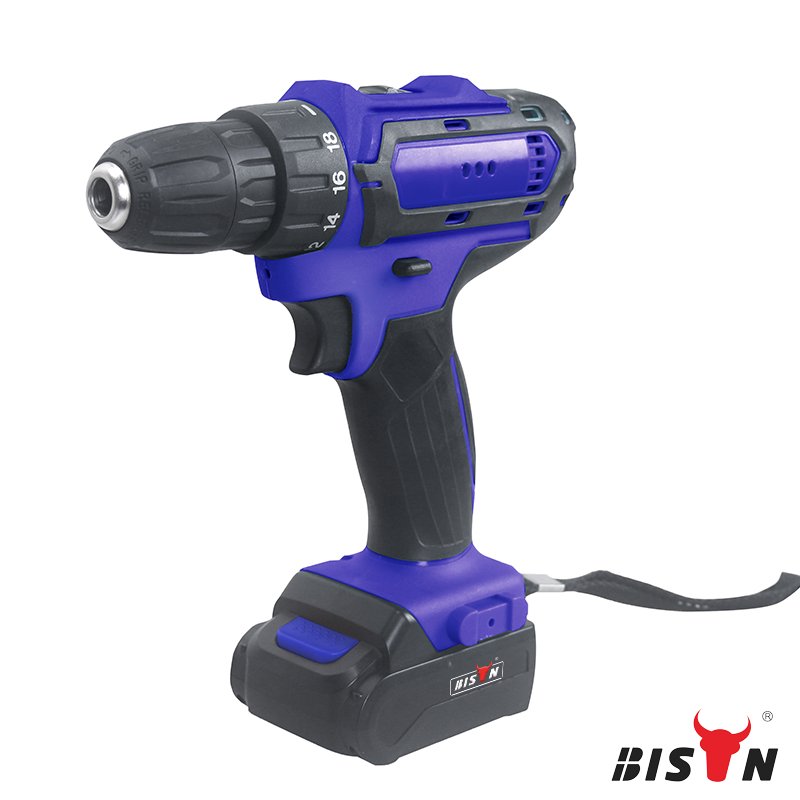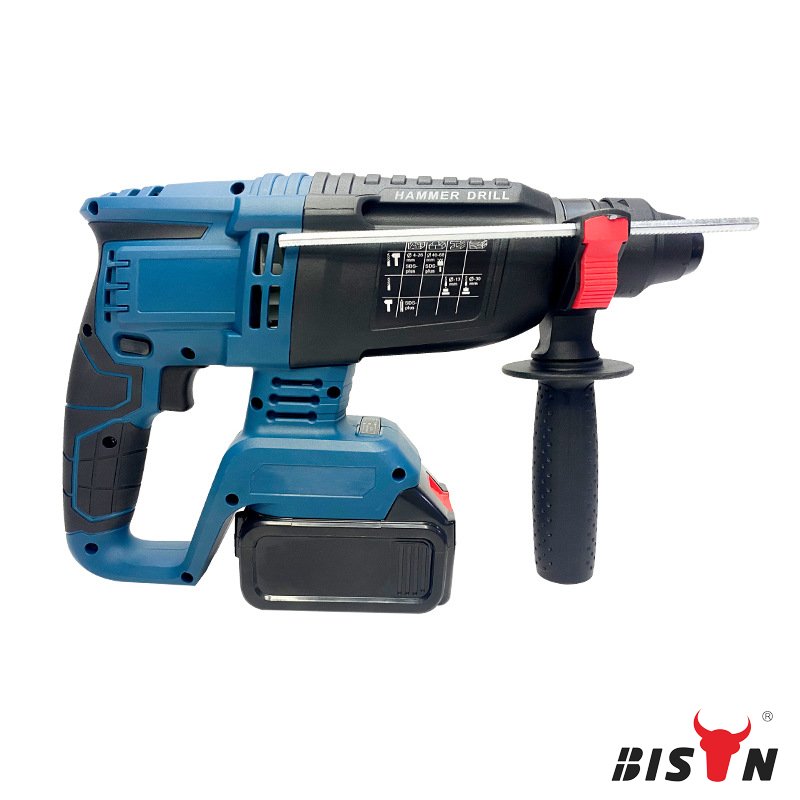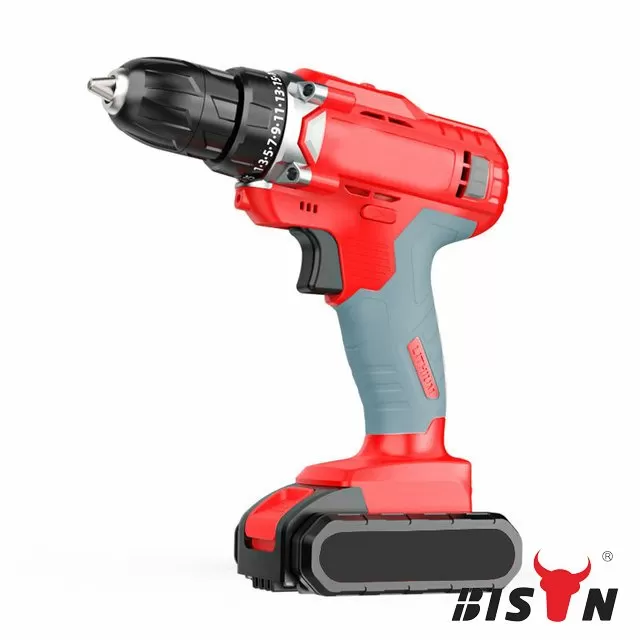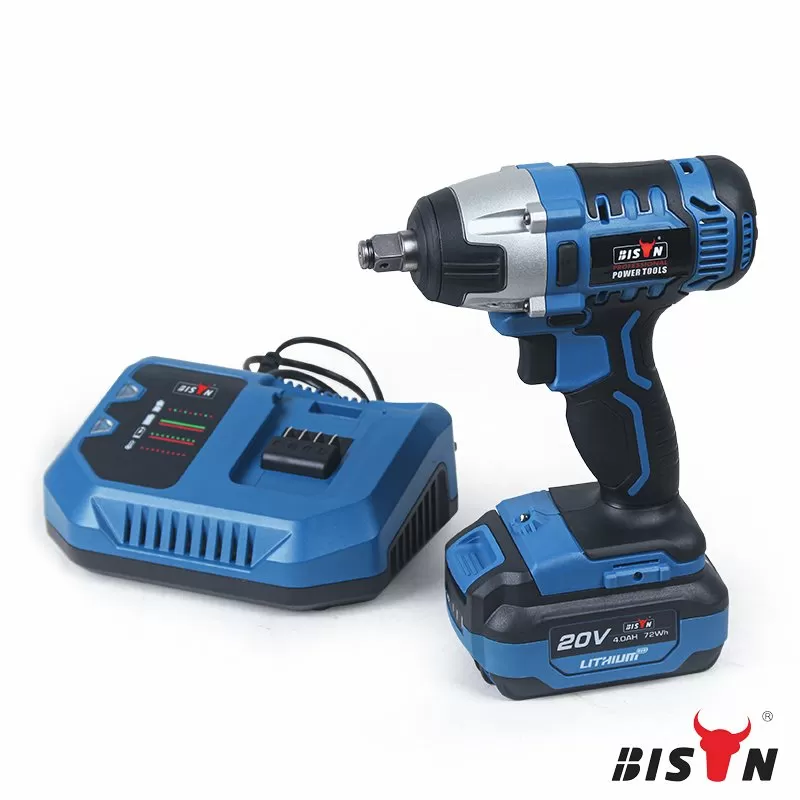brushed or brushless drill: choosing the right tool?
2024-07-10
Table of content
Imagine a tool faster than a hummingbird's wings, with enough torque to drive a screw through hardwood with ease - the modern power drill. Since its inception, the power drill has revolutionized countless industries and DIY projects. From assembling furniture to building houses, drills have become indispensable for their versatility, power, and convenience. When choosing a drill, one of the most important decisions you'll face is whether to use a brushless or a brush model. Both types have their merits, but understanding their differences and benefits will help you in the decision-making process.
In this blog, BISON will provide a comprehensive comparison of these two types of drills, outlining their differences, advantages, and disadvantages. By understanding the unique characteristics of brushed and brushless models, you will be equipped to select the drill that best suits their specific needs and preferences.
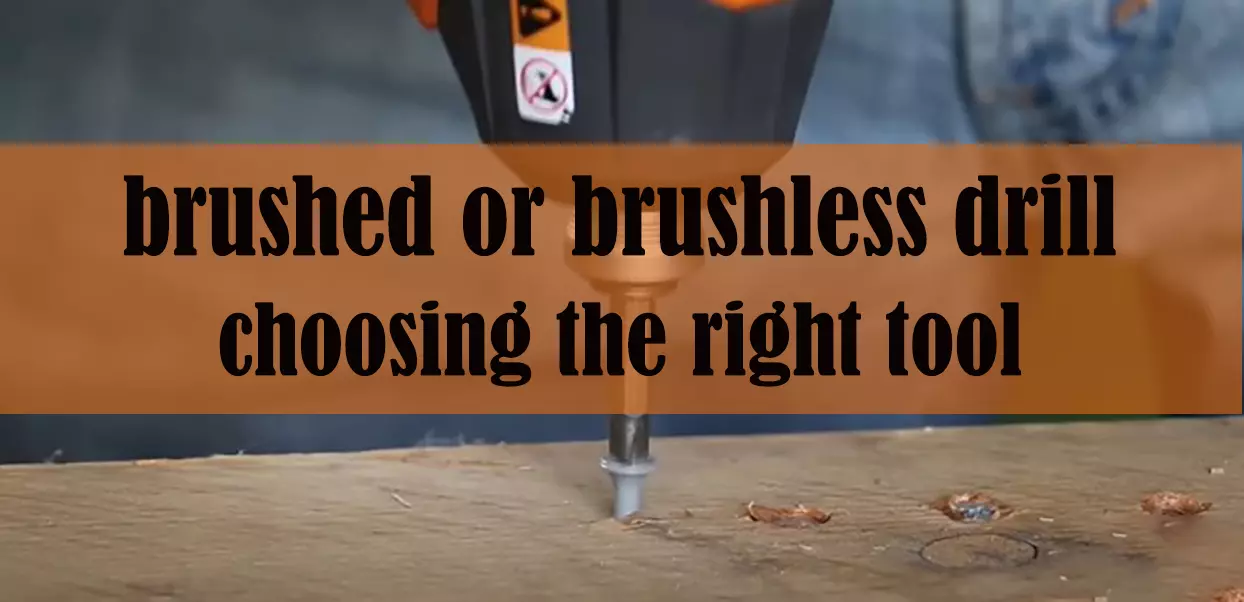
Now we will explore the inner workings of brushed and brushless drills. The terms brushed and brushless drills directly reference the motors they contain, i.e., brushed motor and brushless motor. All other parameters, like its power, torque, drive technology, ease of use and maintenance, etc., are directly dependent on the type of motor.
Understanding brushed drills
Brushed motors are one of the simplest DC motors known. Decades before brushless technology came along, brushed drills were the tool of choice for every dealer. So how do brushed drills work? The key lies in the interaction between brushes and commutators within the motor.
In essence, the heart of the system is the motor, composed of a rotating armature (the rotor) wrapped with copper wire coils, and a stationary set of magnets surrounding it. The magic happens when electricity is introduced. Here's where the brushes, typically made from carbon, come into play. These brushes act as a bridge, transferring electrical current from the power source to the commutator, a cylindrical component on the armature with separate metal segments. As the commutator spins with the armature, the brushes make contact with different segments, altering the direction of the current flowing through the armature's coils. According to Lorentz's law, when we supply DC power to the armature windings through the commutator rings, a magnetic field is induced in the coil. This magnetic field interacts with the stationary magnets to create a rotational force, which turns the drill.
Their straightforward design made them cost-effective to manufacture and relatively easy to repair. However, the very nature of their construction also exposes some inherent drawbacks, which we'll explore in the upcoming section.
Understanding brushless drill
Although brushed drills have dominated the power tool world for many years, advances in technology have created a new product: the brushless drill. Eschewing the traditional brush and commutator system, this technology offers better performance and efficiency. So how does it work?
At the heart of every brushless drill lies an electronic brain - the electronic controller. This sophisticated component orchestrates the flow of current to the motor's coils, eliminating the need for physical brushes and a commutator.
But how does it achieve this? Unlike brushed motors, the rotor comprises a permanent magnet in brushless motors, while its stator includes a series of windings. A magnetic field attracts the rotor magnet when we energize the stator coil. This reversed configuration, along with the electronic controller's precise current regulation, generates a rotating magnetic field in the stator. This, in turn, interacts with the rotor's magnets, causing it to spin - powering the drill.
Comparison of brushless drills and brushed drills
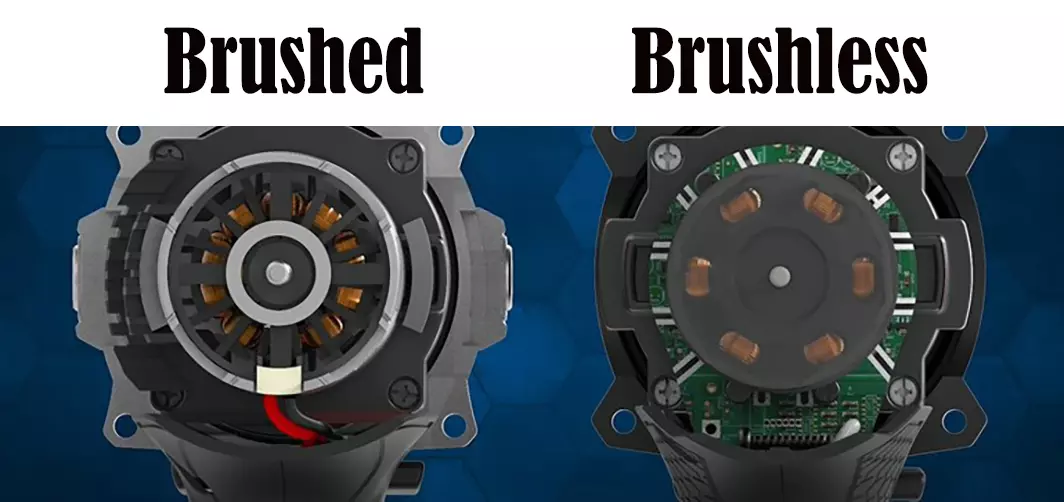
Efficiency and power
Brushed drills are less potent than their brushless counterparts. Since the power in brushed drills goes through the brushes, there will be considerable damage due to friction and heat. Brushless drills, however, sidestep these losses entirely. Instead of carbon brushes, these drills control the flow of electrical current using electronic circuits, eliminating the need for physical contact. The absence of brushes results in less friction and heat generation, leading to increased power, longer runtimes, and improved durability. Brushless drills are also lighter, more compact, and less prone to overheating. They can quickly achieve very high RPM (in the order of 50,000 RPM or more).
Maintenance and longevity
The Achilles' heel of a brushed drill lies in its brushes. These small carbon components inevitably wear down over time, requiring periodic replacement. This translates to increased maintenance costs and downtime. Furthermore, the constant friction between the brushes and the commutator generates heat and wear, ultimately limiting the lifespan of the motor.
Brushless drills, on the other hand, are virtually maintenance-free, and usually limited to cleaning. The most unfortunate scenario is a problem with the electronics, which can be difficult to diagnose and expensive to repair. However, properly maintained brushless drills have a much longer service life than brushed drills, so you can recommend brushless drills (BISON products - 3/8 In. compact cordless drill) to long-term drill users.
Cost analysis
As you browse the website for information on various power drills, you'll notice a stark price difference between brushed and brushless drills. A good brushless cordless drill will cost you a few dozen dollars, but if you choose a brushless drill, you'll need to pay over a hundred dollars.
While a brushless drill may require a higher initial investment, its durability and lower maintenance costs often make it a more economical choice in the long run.
Application suitability
When it comes to occasional household tasks like assembling furniture, hanging pictures, or tackling small DIY projects, a brushed drill can often get the job done adequately. Their lower power output is generally sufficient for such applications.
Not only precision, power, and durability, brushless drills are also one of the selling points for their lightness and low noise. For heavy-duty DIY projects that require drilling into hard materials like concrete or repeatedly driving large screws, brushless drills are the best tools to carry around and have longer run times. Professionals in construction, carpentry, and other demanding fields are suitable.
BISON's future projections
As technology continues to advance and production costs decrease, we anticipate a marked shift in consumer preference toward brushless drills. The price gap between the two types of drills is shrinking, making brushless models more accessible than ever. Additionally, manufacturers (Including BISON) are also continually innovating, integrating features like smart technology, app connectivity, and improved battery technology into brushless drills, which have propelled brushless drills to the forefront of the power tool market. BISON believes that you can learn about brushless drills in advance for the future drill market.
Conclusion
In summary, brushed drills are suitable for DIYers or customers with limited budgets, while brushless drills are suitable for professionals or customers who frequently handle demanding projects. BISON believes that by reading this comparison of brushed and brushless drills, you can make an informed decision that meets your specific needs.
Still unsure which drill is right for you? Don't sweat it! Contact BISON today for expert advice or a personalized consultation. As a leader in China power drill suppliers, BISON is fully capable of providing you with detailed product information and product customization solutions.
FAQs
Do brushed or brushless drills last longer?
If you're looking for a drill with longevity, consider a brushless drill. Brushed drill life is limited by brush type. It can average 1,000 to 3,000 hours; however, because there are no brushes to deteriorate, brushless drills can operate for tens of thousands of hours.
What are brushes?
Brushes are required for the correct operation of power tools such as drills, jackhammers, planers, hedge trimmers, and grinders. Carbon brushes are selected according to the make and type of tool. They are fitted to the fixed part of the motor to ensure maximum power transmission to the rotor (rotating part). They provide spark-free switching.
Is brushless faster than brushed?
Yes, in most applications, a brushless motor has a general efficiency advantage over a brushed one. It has more power, a smaller form factor, higher torque density, faster speed, and more complex controls for more precise speed and position, and better heat dissipation.

